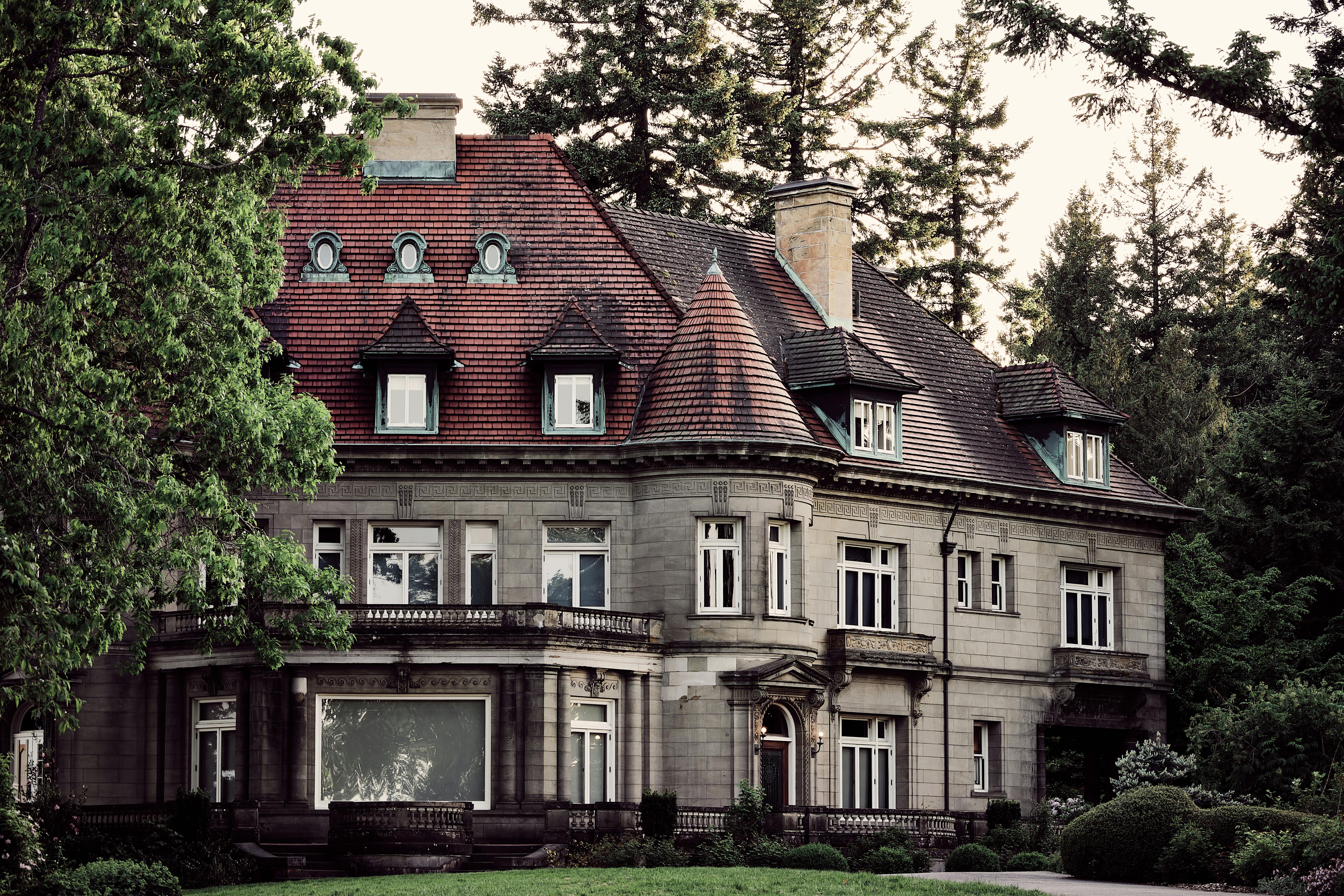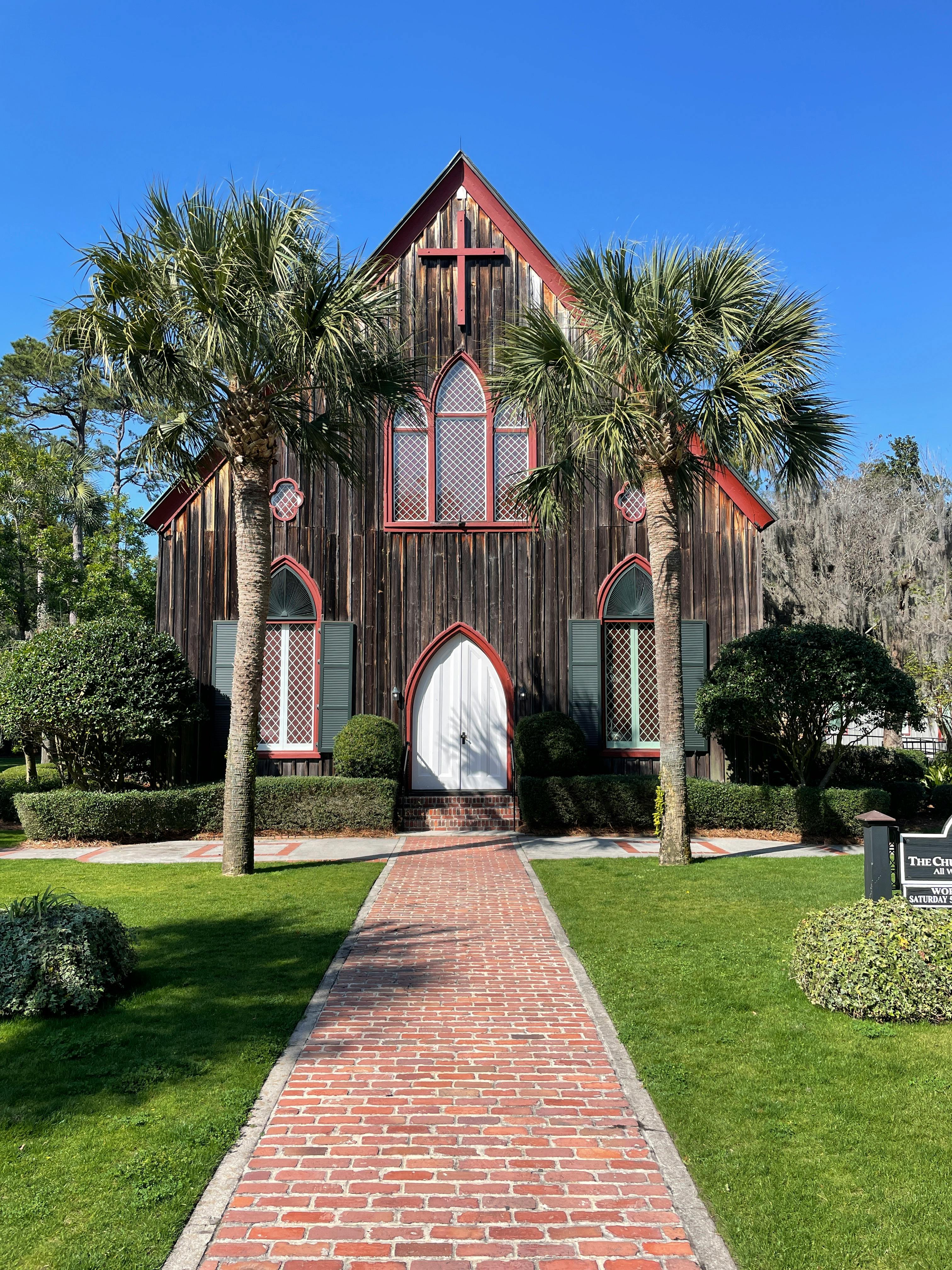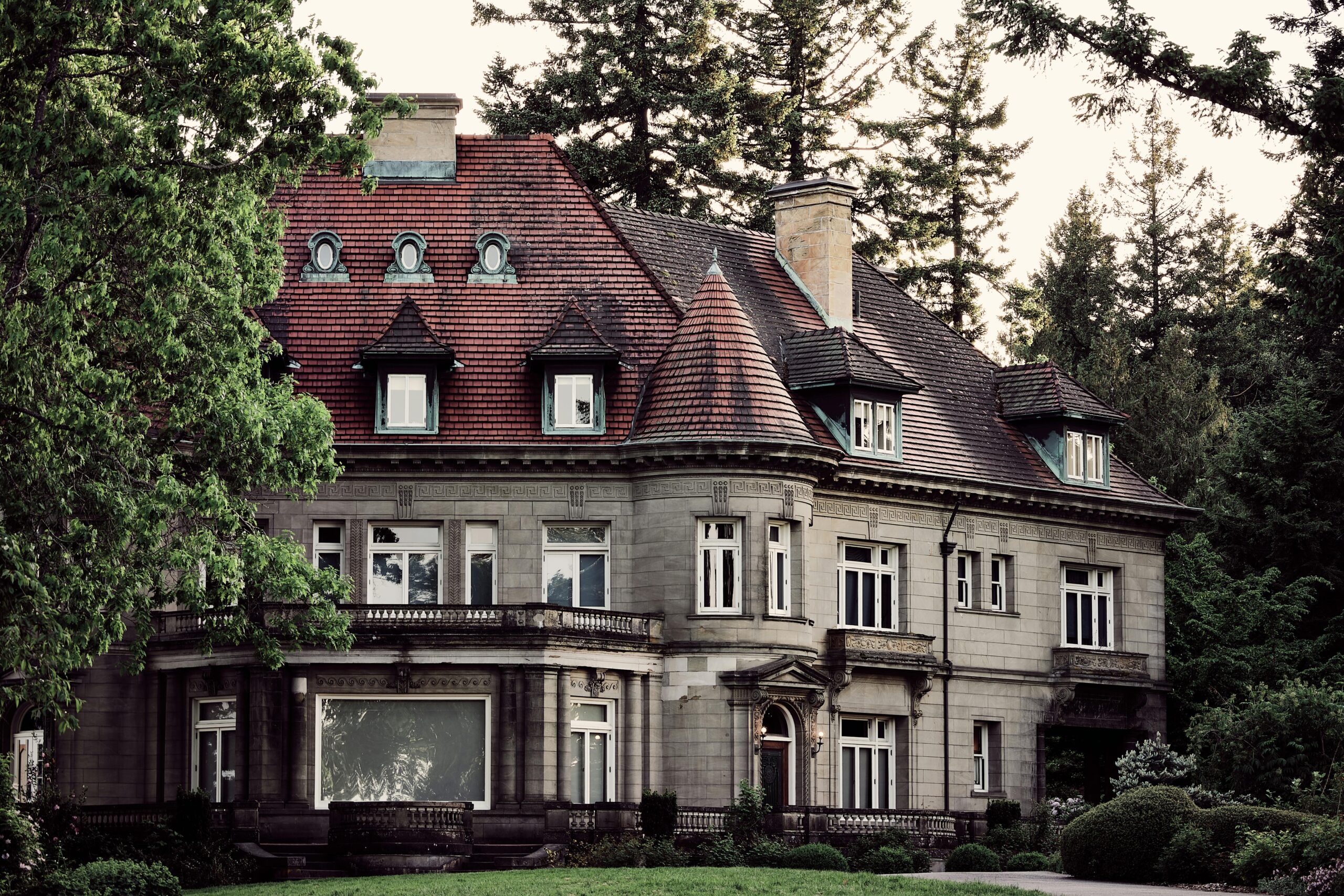From Gardens to Gables: Mastering Exterior Aesthetics
Creating a visually stunning home begins from the outside in. In today’s competitive real estate market and image-conscious society, the way your home looks—from gardens to gables—speaks volumes. This article explores how to design a seamless, beautiful exterior that enhances both curb appeal and overall value.

Understanding the Fundamentals
The concept of transforming a property “from gardens to gables” refers to the holistic approach of designing outdoor spaces and roofing architecture together. It ensures harmony between the base of your property and its highest peaks. Historically, exterior design focused heavily on either landscaping or the structure, but not both in tandem.
Today, integrating gardens to gables ensures that every square inch of your property feels intentional and coherent. Just like an outfit that needs coordination from head to toe, your home’s exterior requires the same attention.
1.1 Curb Appeal as First Impression
Curb appeal refers to how attractive a home looks from the street. It’s a critical factor in property value and perception. According to the National Association of Realtors, 94% of agents suggest homeowners improve exterior appeal before selling. Clean landscaping, modern walkways, and well-maintained gables are essential.
From installing vibrant gardens to restoring vintage gables, small upgrades create a lasting impact. A common myth is that curb appeal improvements are costly, but even low-budget enhancements like fresh mulch or painted trim add value.
1.2 Unified Design Language
Gardens and gables should speak the same design language—whether that’s modern, colonial, or rustic chic. While gardens offer flexibility through flowers and textures, gables solidify the architectural tone of a home.
For example, pairing minimalist xeriscaped gardens with sharp gabled roofs reinforces a contemporary aesthetic. Consistency in materials, colors, and shapes between your garden elements and roof lines is what makes a home stand out.
Practical Implementation Guide
Once you understand the fundamentals, it’s time to bring your gardens-to-gables vision to life. The process requires planning, budgeting, and coordination between various elements. With the right strategy, even a basic home can transform into a showpiece.

2.1 Actionable Steps
- Visual Assessment: Walk around your home and identify areas that lack cohesion or visual interest. Take notes and photographs for comparison.
- Create a Design Plan: Use design apps or hire a consultant to lay out garden beds, roof improvements, and pathways in one cohesive plan.
- Timeline and Milestones: Prioritize tasks by season. Plant gardens in spring, work on roofing in dry months, and schedule painting or facade work in fall.
2.2 Overcoming Challenges
Here are some common obstacles and how to handle them:
- Mismatch of Materials: Choose landscaping materials that mirror roof textures or colors for unity.
- Budget Limitations: Phase your improvements. Start with high-impact zones like the front path or main garden.
- Climate Constraints: Pick native plants and roofing materials suited to local weather conditions.
- Time Limitations: Use weekend-friendly projects like installing solar path lights or painting eaves.
Experts recommend starting small—focus on key visual anchors and expand as time and funds allow.
Advanced Applications
Once your basic structure is in place, explore advanced ways to unify your garden and gable aesthetics. This step is where creativity and customization shine, offering both beauty and functionality.

3.1 Living Roof Installations
Green roofs, or living roofs, are a cutting-edge way to connect gardens to gables. These roofs feature soil, plants, and water control layers. A case study in Portland found homes with living roofs retained 50% more rainwater and reduced heat levels by 30%.
Although installation is more complex, the visual and environmental benefits are significant. Living roofs can mirror garden styles below, forming a full-circle ecosystem.
3.2 Smart Irrigation and Drainage Systems
Advanced irrigation connects gutter systems with garden hydration. By collecting rain runoff from your gables and channeling it into underground irrigation tanks, you’re reducing waste and enriching your soil naturally.
Ensure compatibility between gutter slopes, downspouts, and your garden layout to avoid over-saturation. These systems, though tech-heavy, are increasingly affordable and eco-friendly.
Future Outlook
Exterior design trends are becoming more sustainable and tech-integrated. In the next 3–5 years, expect widespread adoption of solar-integrated gables, modular garden kits, and AI-driven landscape planning tools.
To stay ahead, homeowners should invest in long-lasting materials, monitor eco-friendly innovations, and embrace adaptive design strategies that evolve with climate needs.
Conclusion
In summary, transforming your home from gardens to gables is not just about beauty—it’s about harmony, value, and future-proofing. Start with the basics, align every detail, and evolve with advanced techniques.
Now’s the perfect time to evaluate your exterior and plan upgrades that reflect your taste and increase your property’s worth. Whether you’re a DIYer or working with pros, a unified design awaits just outside your door.
Frequently Asked Questions
- Q: What does “gardens to gables” really mean? It refers to enhancing every part of your home’s exterior—from the ground-level garden spaces up to the architectural gables—for visual and functional harmony.
- Q: How do I begin redesigning my exterior? Start with a full visual assessment and set design goals for both landscaping and roofing features.
- Q: How much time does a full gardens-to-gables makeover take? Depending on scope, it can take anywhere from one season to a full year if phased properly.
- Q: What’s the cost range for these improvements? Budget-friendly projects start under $1,000, while comprehensive transformations can exceed $20,000.
- Q: How does this approach compare to traditional exterior upgrades? Unlike piecemeal updates, a gardens-to-gables strategy ensures cohesive design and maximized return on investment.
- Q: Is this approach suitable for older homes? Yes. It often enhances historic charm when done thoughtfully, using modern tools with traditional styles.
- Q: Can businesses use this strategy too? Absolutely. Office buildings and storefronts also benefit from cohesive exterior aesthetics that attract clients and improve brand image.
